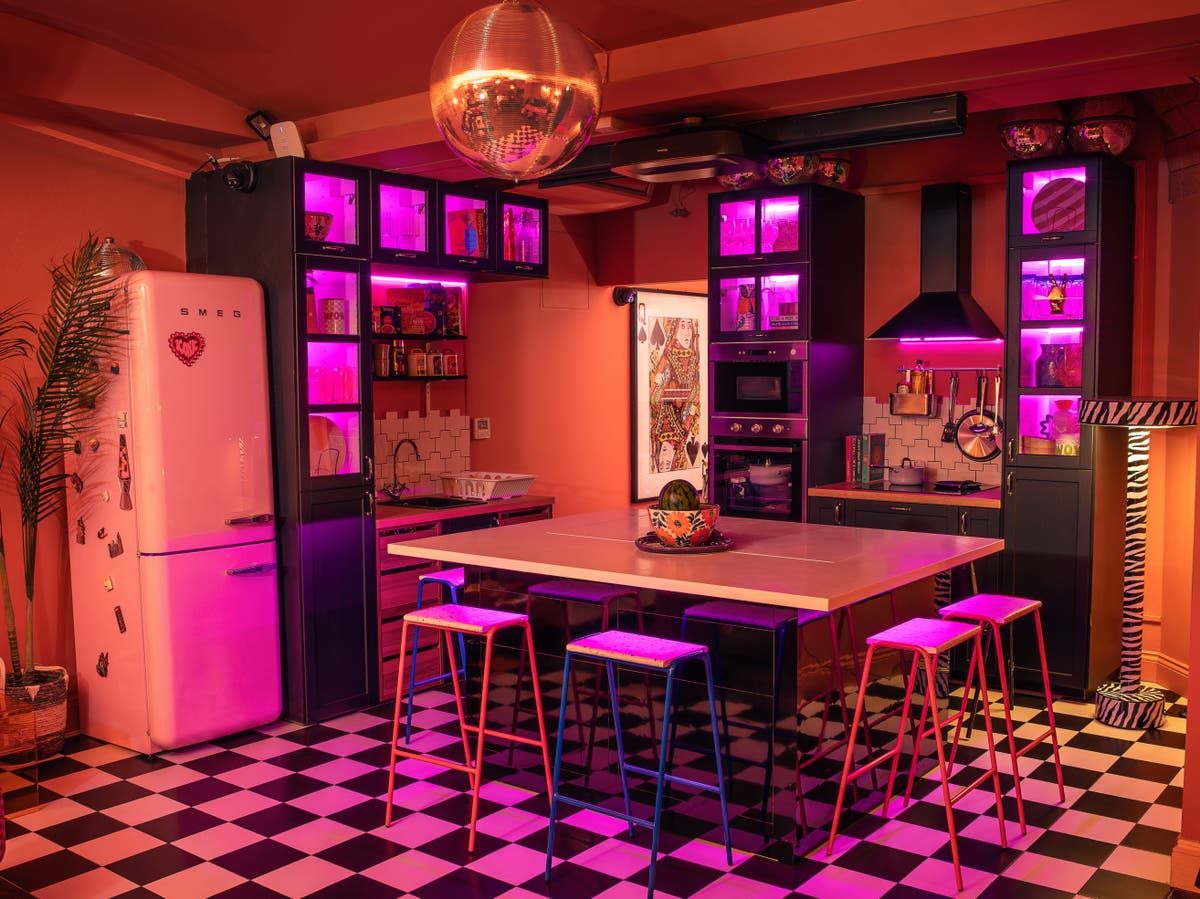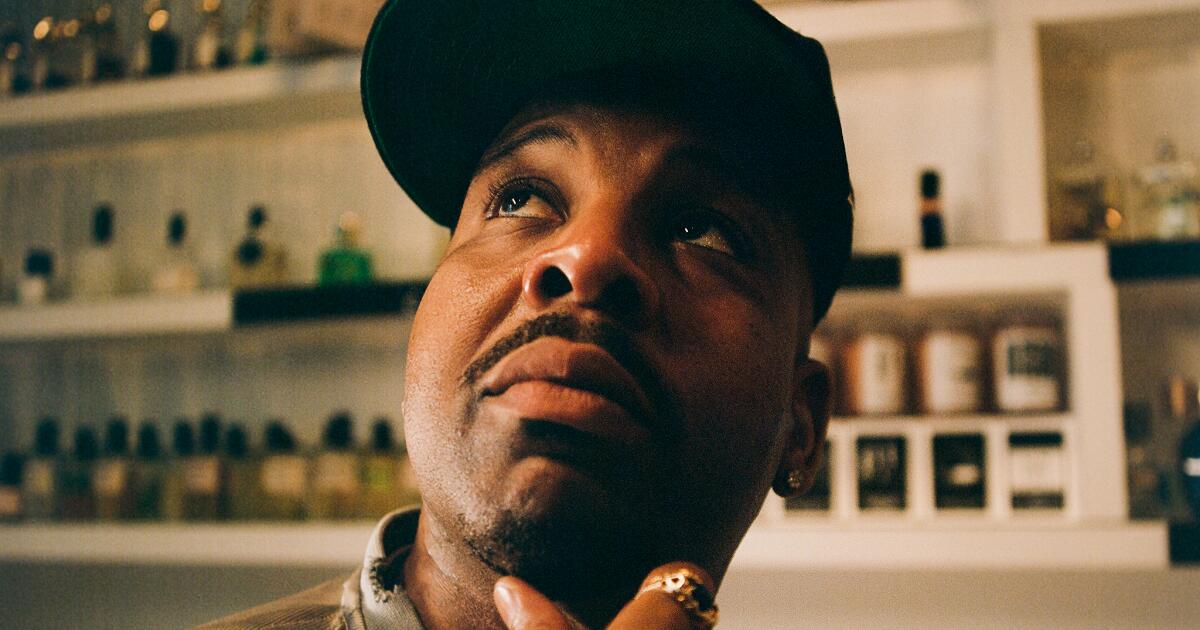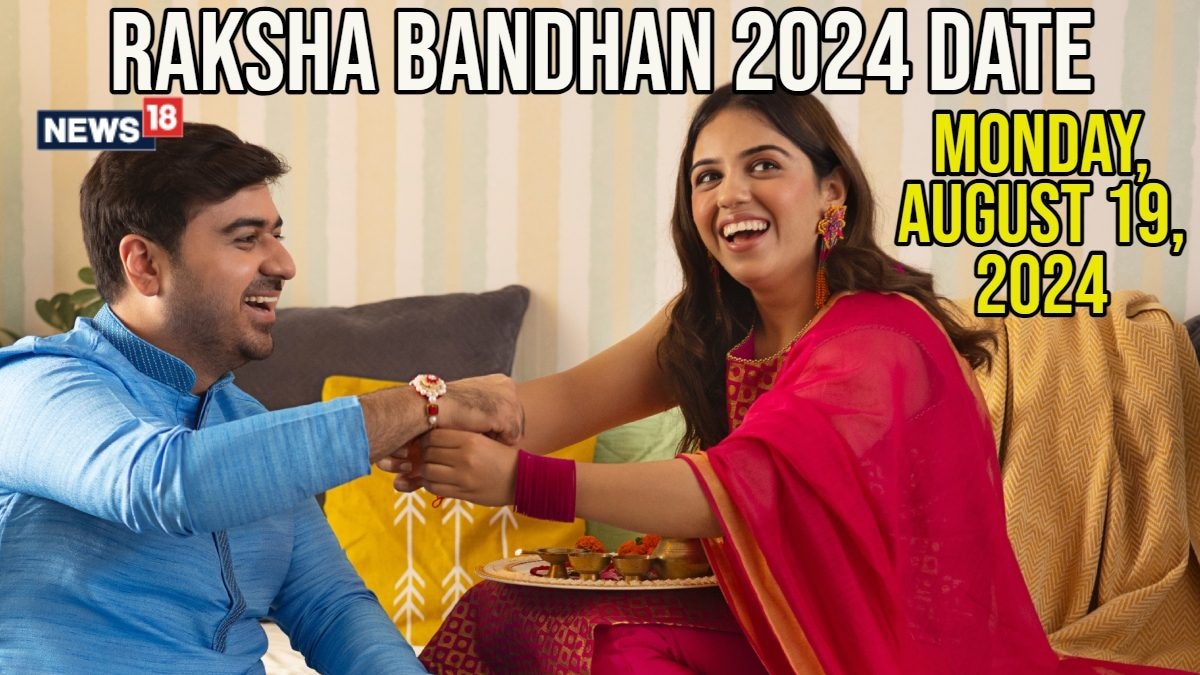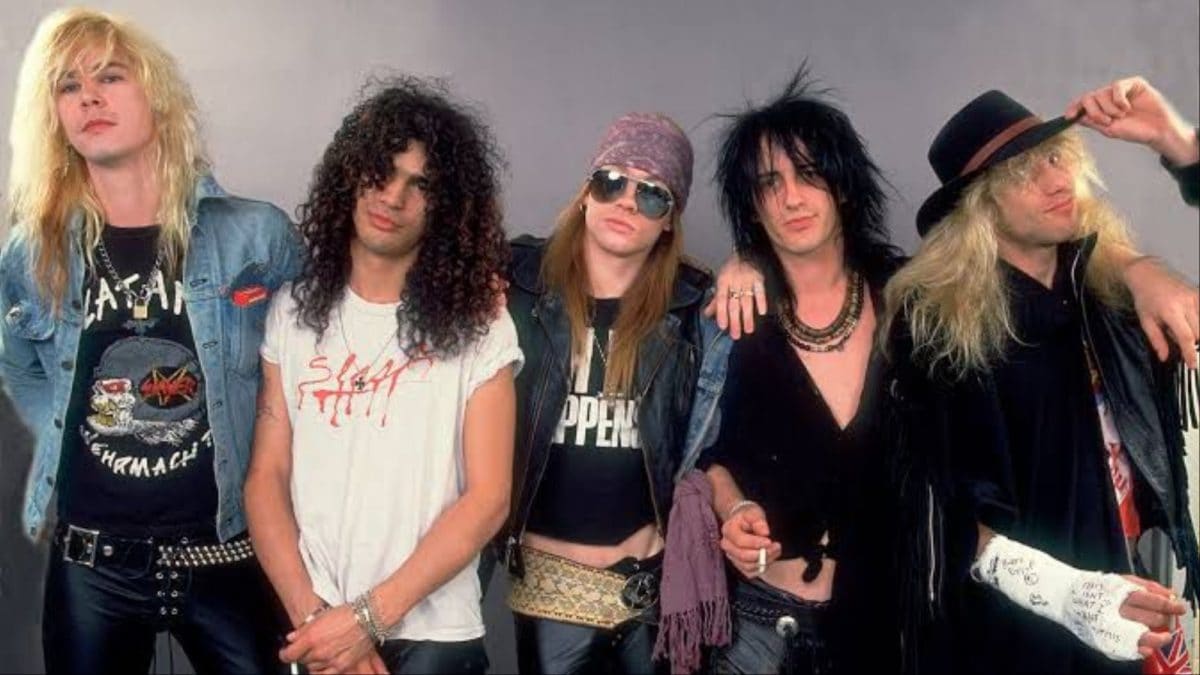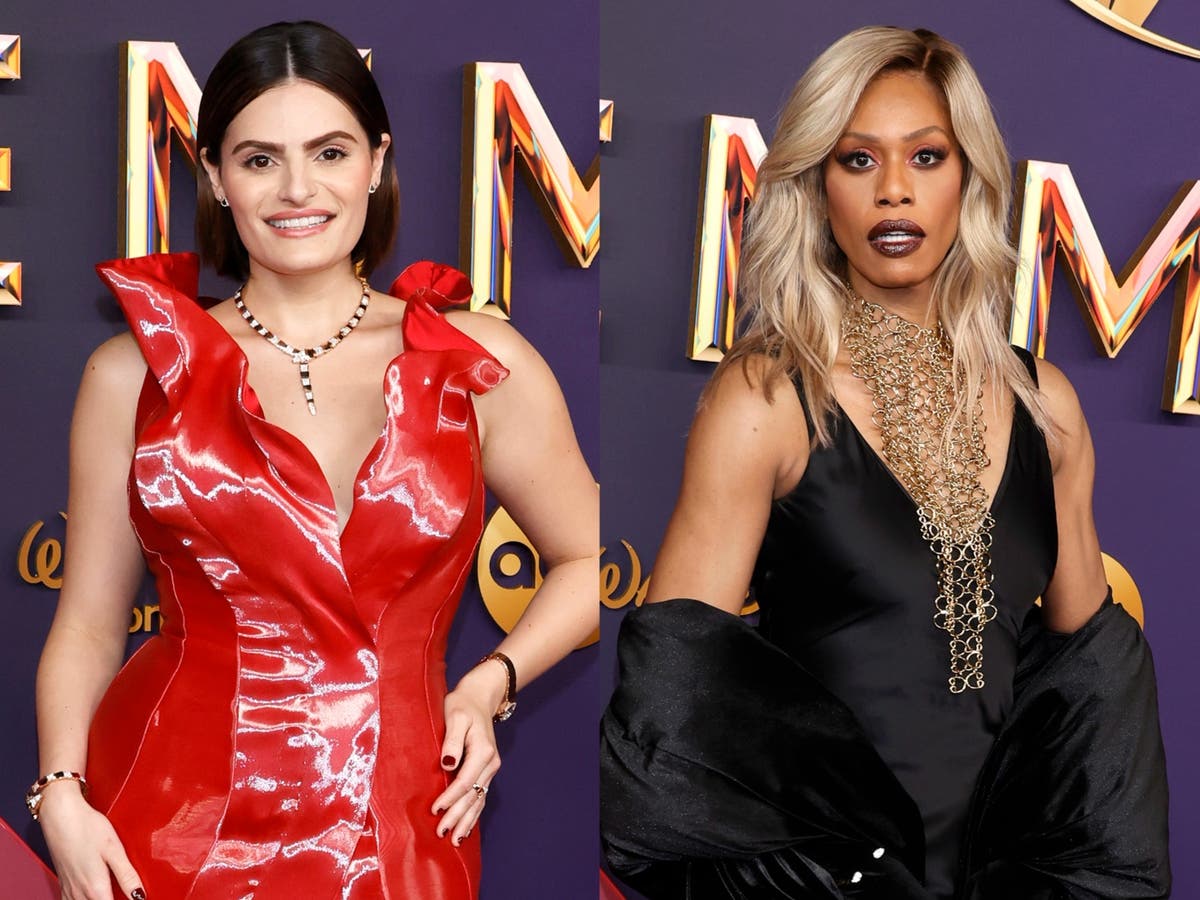Your support helps us tell the story.
In my reporting on women's reproductive rights, I have witnessed the critical role that independent journalism plays in protecting freedoms and informing the public.
Your support allows us to keep these vital issues under the spotlight. Without your help, we would not be able to fight for truth and justice.
Every contribution ensures that we can continue reporting on the stories that impact lives.
Kelly Rissman
US News Reporter
IHow do you choose a place to eat out? Are you influenced by location, menu or price range? Or is the deciding factor how good it will look on your Instagram stories? In today's image-obsessed world, the criteria for choosing a restaurant are changing. The view inside is now just as important as the food itself, and restaurant designers are relentlessly competing to create the next great “look.”
This prerequisite for a photo-perfect space began in the 2010s with the arrival of Instagram, a free social network for sharing photos and videos, initially available only to iPhone users. It capitalised on the concept of “eating with our eyes” – colourful snapshots of beautifully presented food became popular from the start. Meanwhile, the highly photographable “hipster café” was a real byproduct of the app’s meteoric rise – a minimalist, industrial-style space decorated with hanging light bulbs, exposed brickwork and indoor plants. This trendy visual style could be found all over the world, from Cape Town to Melbourne. Then came the “Instagram wall” – whether a neon-lit slogan or a pair of majestic wings, created specifically for people to take photos in front of and post on Instagram.
In 2024, Melanie Liaw, co-founder of boutique interior design studio Duelle, explains that there’s been a cultural shift away from staged photo shoots towards something more expansive: “We’re in a different phase now. We’re moving away from ‘Instagram moments’ and thinking about an interior space, knowing that it’s not just about the people sitting at the table looking out, but the world looking at it through someone else’s lens,” she says.
What was once a physical corner created for social media has been freed from its shackles to encompass the entire restaurant, Liaw tells me. “When you design a space, you know it’s going to be photographed and videoed a lot,” he says. “How is it going to be shown in 360 degrees? You make sure everything is rotated. I think that’s important; you want everything to be photo-worthy.”
The hospitality industry’s reliance on Instagram-friendly aesthetics, plus our habit of showcasing our lives online, has led to a rise in experience-oriented restaurant design. “It’s certainly the buzzword right now, and I think it’s going to continue to be that way. It’s always been there, but it’s becoming what people are asking us to do now,” Ed Plumb, founder of design studio Studio Found, tells me. “Diners are much more discerning now than they were before; the cost of going out is high, so people want to feel like it’s justified.”
Much-hyped French restaurant group Big Mamma is one of the early adopters of this experiential dining trend. Specialising in upmarket restaurants at affordable prices, its sumptuous Italian-inspired designs remain the main draw – from the 1970s Capri-style Gloria restaurant in Shoreditch to the ornate Jacuzzi in west London, spread over four floors and fitted with Roman statues and Murano glass.
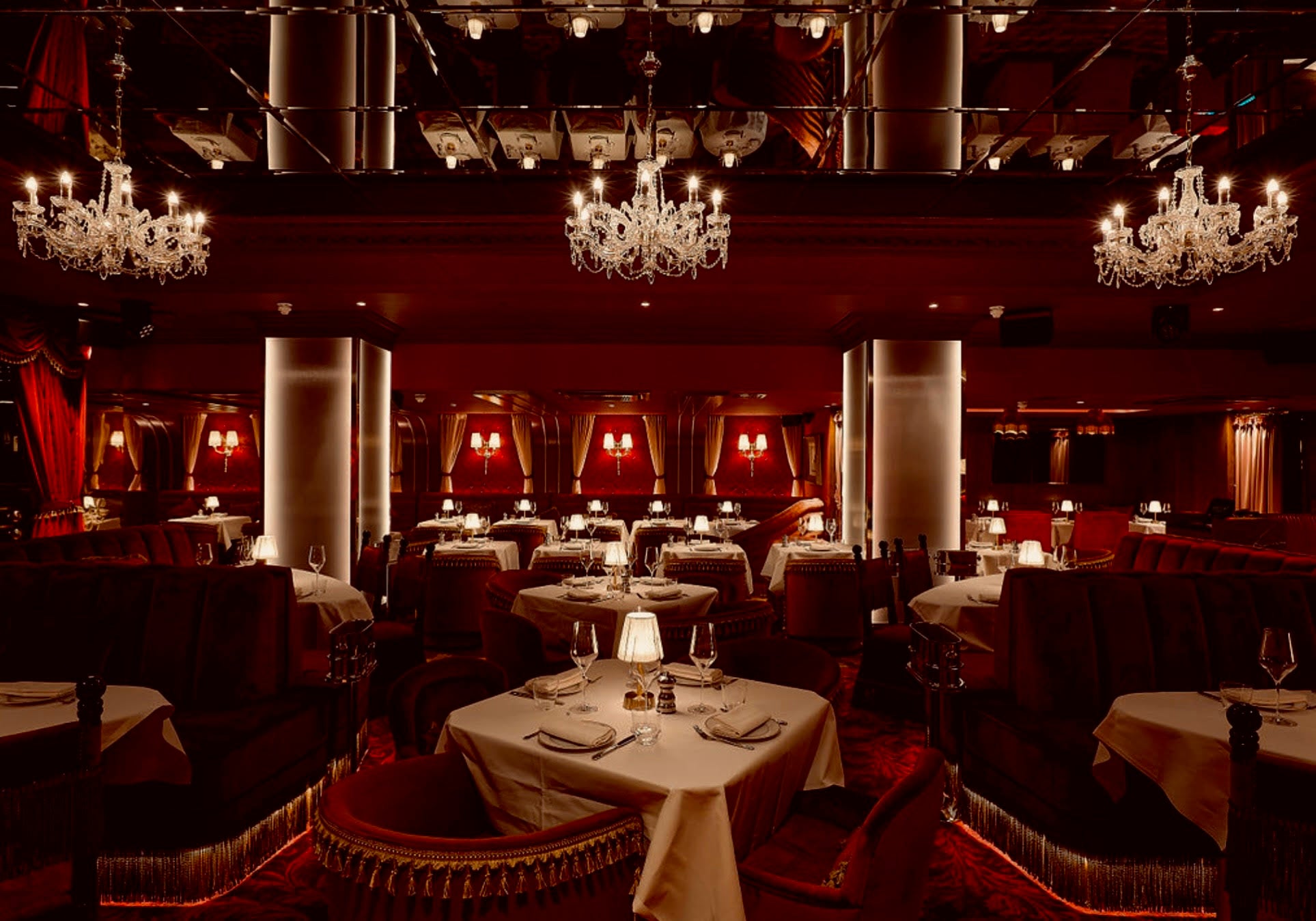
Since Big Mamma Group first opened in London in 2019, four more venues have sprung up in the capital, with a new venue planned for Manchester. “It really sells this experience of being theatrical and over-the-top – you’ll feel special, but you can afford it,” says Liaw. “It’s somewhere to take people to say, ‘We live in London and this is somewhere we can go.’”
Tori Coates, managing director of Cheshire-based interior design firm Jojo Bradley, says restaurant design is being taken more seriously post-pandemic. “There’s more funding behind commercial projects now. Clients are putting more money back into it,” she says. “There was a point where the world stopped and we all stopped eating out, and when we started eating out again, the competition was, ‘Who are we going to go to? It’s got to be something superior to my own house.’”
The austere colours characteristic of the 2010s and the deliberate act of exposing the basic infrastructure of the place had become a thing of the past, replaced by a desire for refinement and grandeur. “People are looking for a bit of escapism and a sense of wonder,” Liaw tells me. “Our recent interior design for Café Petiole at Somerset House combined buttery yellows with teal and ash pink. There’s something a little romantic and over-the-top about the colour palette – people can really feel the playfulness of the space even through the photos.”
People seek escapism and a sense of wonder.
Diners are also looking for comfort and a sense of immersion. Take The Little Violet Door, a Soho bar and restaurant that mimics the look and feel of a house party. There’s also the rise of competitive socialising, where games like darts are brought into trendy venues with an added food and drink offering. “I was talking to an investor and he said it’s a win-win situation,” says Plumb. “It’s a quick turnaround and people are drinking all the time.”
Ellen Pryce, founder of Leeds-based interior design agency Nanu Group, says influencer culture is having a tangible impact on her designs. “A lot of our clients bring in videos of influencers in Bali or Miami, even though they may not have seen them before.” Pryce’s recent projects include a New York-inspired delicatessen, a members’ lounge in Paris and a Mexican restaurant. “Our clients are opening their eyes to exotic design, and that’s only because of the huge influence of social media.”
But how do designers strike a balance between creating trendy spaces to attract customers while also surviving the fickle trends of social media? “Instagram doesn’t help us much in terms of growing our business,” Plumb says. “It’s basically copying other people and replicating something that already exists. Sometimes we have to do things that are on trend if the client wants it, but we tend to push them a little further away from that.”

What worries Liaw is that the possibility of sharing a restaurant is valued more than its practicality: “I care a lot about the experience and the function, and I don’t want to sacrifice them for clickbait. It’s worrying if the algorithm is prioritized, because it’s always ephemeral.”
Pryce has noticed a rise in “chameleon spaces” – restaurants that transform into nightclubs – where you’ll find not only a DJ booth, but also musicians, jazz bands and aerial acrobatics: “We’re getting a lot of requests for that from our clients, more than ever,” he says.
Mistress of Mayfair, one of Pryce’s recent projects, is a Parisian-style restaurant and late-night bar in Mayfair. The space is reminiscent of a 1920s lounge, with red suede banquettes, velvet curtains and gold-tasselled chairs. “The food is French and exceptionally presented, but then it becomes, ‘How much can we drink? Can we dance on the table?’”
Everyone's expectations are very high right now. Social media has a big role to play in that.
Fusing food with entertainment has been trendy throughout culinary history, but why has it come back into fashion now, when customers are on a tight budget? On the one hand, restaurateurs expect their customers to stay longer in their restaurants. But Pryce believes it’s also down to a new standard of what it means to “go out.” “Everyone’s expectations are very high right now. Social media plays a big part in that,” he says. “People expect the furniture to be fantastic, the fabrics to be different – they just want to be entertained.”
“I think people are very annoyed with having to pay and go out these days,” Liaw reflects. “We felt very comfortable when we were at home for a few years during COVID. I think when people go out, they want to make sure they have a good experience.”
Like the fashion world, interior design is cyclical, and with the fast-paced nature of the digital world, trends can be over before they’ve made their mark. So what kinds of spaces can we expect to dine in in the future? “I feel like we’re starting to see the end of maximalism,” says Plumb. “High-end places with big budgets will continue to do it; they can afford it. It’s expensive to design like that. What you’re starting to see if you visit these places that have done it on a budget is that they might look good in a photo, but when you’re there they don’t live up to expectations and they don’t wear very well.”
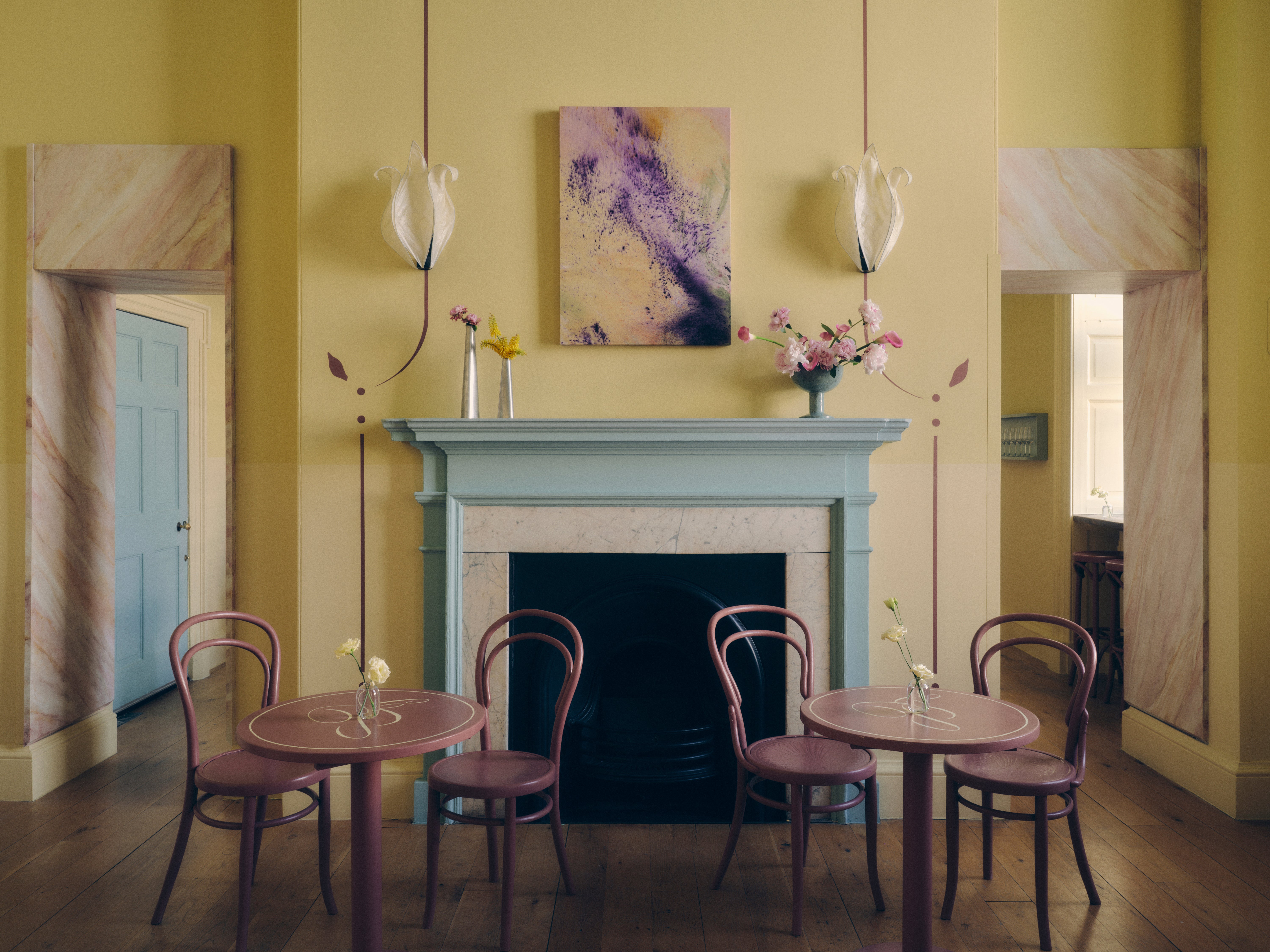
Plumb has noticed that the rush to design high-concept, Italian-influenced spaces is starting to subside, with a gradual return to cleaner visual elements. “It’s simple, but simple and done well – it’s not about white tablecloths and a white room, but about beautiful materials and a palette that only has three to five different materials that complement each other.”
It seems that extra is no longer the thing, and simple is. But whatever aesthetic is in fashion, we're likely to put style on par with substance when choosing our next meal in the near future.

